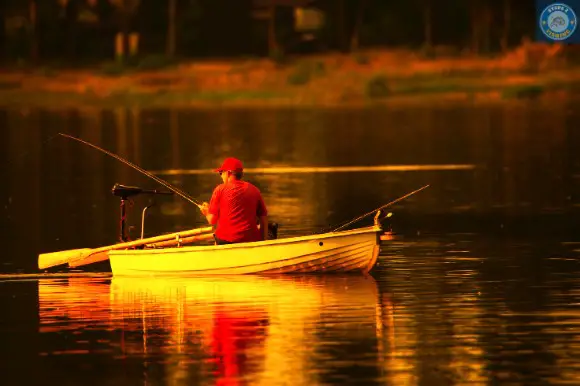
Are you tired of casting heavy fishing rods and reeling in big catches? If so, it’s time to explore the world of ultralight fishing. Imagine the thrill of hooking a fish that challenges your skills and equipment to their limits. This comprehensive guide will take you through everything you need about ultralight fishing – from selecting the right gear to mastering the art of finesse casting. Get ready to experience a whole new level of excitement as we dive into this fascinating angling technique.

What is Ultralight Fishing?
Ultralight fishing is a specialized angling method involving extremely lightweight gear, often characterized by a fishing rod with a flexible, ultra-sensitive tip and a small, lightweight reel. This approach is particularly popular among anglers who seek a more challenging and rewarding fishing experience. It allows you to feel every subtle movement and nibble from the fish, making the fight more thrilling and engaging.
Why ultralight fishing is gaining popularity?
Ultralight fishing has surged in popularity recently, attracting anglers of all skill levels. One reason for its growing appeal is the unparalleled sense of excitement it brings to the table. With ultralight gear, even small fish create an astonishing tug on your line, making every catch feel like a trophy-sized triumph. Whether you’re targeting panfish or river trout, the adrenaline rush of reeling in an aggressive fighter is unparalleled and keeps anglers hooked.
Another factor contributing to the rise of ultralight fishing is its versatility. Ultralight gear allows for greater finesse and precision when presenting bait or lures to finicky fish. The delicate balance between rod sensitivity and power gives anglers more control over their presentations, increasing success rates.
Additionally, the lightweight design of ultralight equipment makes it easy to pack up for a spontaneous fishing trip without sacrificing performance. This convenience factor appeals to seasoned anglers who want to try something new and beginners looking for an accessible entry point into the fishing world.
Furthermore, ultralight fishing offers a unique opportunity for urban dwellers seeking outdoor recreation closer to home. Urban lakes and ponds often contain smaller species that can be easily targeted with ultralight gear.
Anglers no longer need extensive travel plans or access to remote bodies of water; they can grab their portable tackle box and head out to their local neighborhood pond or creek for a quick angling fix.

The Best Setup for Ultralight Fishing
The best setup for ultralight fishing can transform your angling adventures, bringing back the excitement and challenge of reeling in a big catch with minimal equipment. The article will discuss the most important aspects to consider when choosing the ideal rod, reel, line, and lure to fish ultralight, ensuring you have everything to begin your unforgettable adventure into angling with a featherweight. Before we discuss the
best setup, we understand the benefits of this technique.
Why choose ultralight fishing?
First and foremost, the lightweight gear allows for greater sensitivity and finesse when presenting your bait or lure. This enhanced feel lets you detect the subtlest nibbles, resulting in more hook-ups and a better fishing experience. In addition, the device’s small size makes it extremely portable, ideal for those who like exploring remote fishing spots or just traveling lightly.
Another benefit to ultralight fishing is it can open a new range of fish species to target.
You can successfully pursue panfish like bluegill and crappie with lighter tackle and smaller game fish like trout and bass. These smaller species may not be considered trophy-worthy by some anglers, but they offer their unique challenges and plenty of excitement on ultralight gear.
Furthermore, choosing ultralight fishing gear often leads to a more intimate connection with nature. Lighter tackle requires delicate technique that demands patience and precision rather than brute force. It allows you to appreciate the subtleties of casting techniques and align yourself with nature’s rhythms—becoming one with your surroundings in pursuit of that prized catch.
Benefits of Ultralight Fishing Gear
This method is well-known by anglers for various reasons. One of the most important advantages of ultralight equipment is its capacity to move.
Contrary to the heavy fishing equipment that cannot transport over long distances, Ultralight fishing equipment is lightweight and compact. It can be carried for camping trips, hikes, and even plane rides.
Another advantage of ultralight fishing gear is its sensitivity. The delicate design and materials used in these rods and reels allow for greater sensitivity to subtle bites and movements underwater. This increased sensitivity enhances the fishing experience by allowing anglers to feel every tug and nibble, making detecting and reacting to fish bites easier. You’ll likely catch more fish with ultralight gear because you won’t miss those subtle hints signaling a potential catch.
Additionally, ultralight setups allow anglers to target smaller species that would otherwise prove challenging with heavier equipment. Using light lines and lures specifically designed for this type of fishing, you can successfully target species like trout, panfish, bass, or even larger game fish in waters where heavy tackle may not be suitable. This opens up a new world of possibilities for exploring different water bodies, such as small streams or ponds where bigger game fish might not reside.
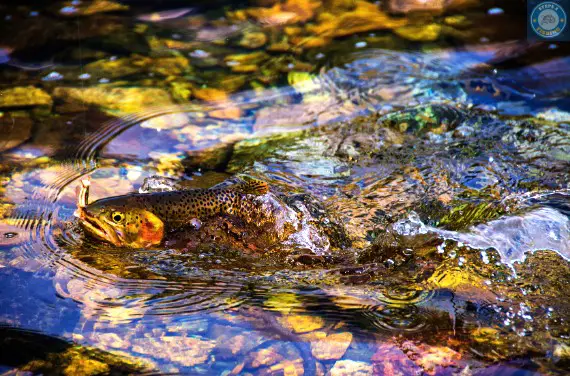
Choosing the Right Fishing Rod and Reel
Choosing the right fishing rod and reel is essential for any angler, but it becomes even more crucial in ultralight fishing. Ultralight fishing involves using small lures and lines, which require a specific type of setup to achieve optimal performance. When selecting a rod for this style of fishing, look for one that is lightweight yet sensitive. A graphite or carbon fiber rod is ideal as it provides the necessary sensitivity to detect the slightest nibble while maintaining durability.
Regarding reel selection, an ultralight spinning reel is most commonly recommended. These reels are designed with a smaller size and lighter weight, making them perfect for accurately casting those delicate ultralight lures. Look for a reel with a smooth drag system to help you effectively control the fight with smaller fish.
Finding the right balance between your fishing rod and reel is important to succeed in ultralight fishing. Consider factors like weight, sensitivity, and durability. Research and test different combinations on the water to find the perfect setup for a better experience in this specialized type of fishing.
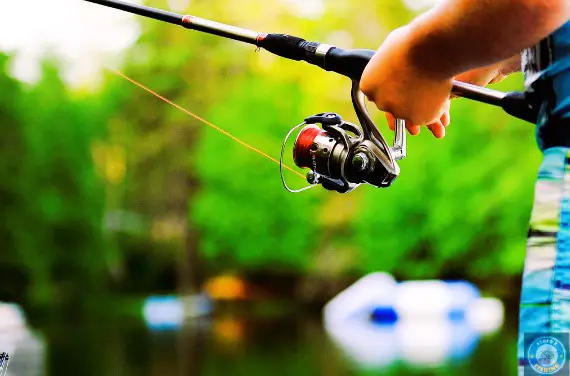
Selecting the Best Fishing Line for Ultralight Fishing
Consider a thin but strong line for this technique when choosing a fishing line. Ultralight fishing involves catching smaller fish with sensitive equipment. A thin line allows for longer casts and better detection of bites.
Another crucial aspect to consider is the kind of material the line is made of. Monofilament lines are very popular for ultralight fishing because of their flexibility and affordability.
They offer good strength-to-diameter ratios and are less likely to spring off the reel or tangle during casts. However, fluorocarbon lines may be worth considering if you want even better sensitivity and durability. Although they can be more expensive, fluorocarbon lines are extremely abrasion-resistant and virtually invisible underwater.
Lastly, don’t forget about the specific pound test of your chosen fishing line. Ultralight tackle typically ranges from 2-6 lb test lines, but it’s crucial to match your line strength with your rod’s specifications and the fish you expect to catch. Remember that lighter lines might provide greater sensitivity but may also risk breaking if too much pressure is applied during a fight with larger fish.
Overall, selecting the best fishing line for ultralight fishing requires careful consideration of its diameter and material composition,
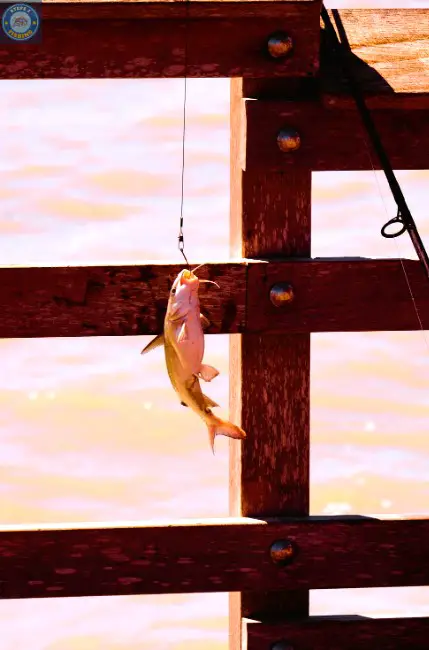
Choosing the Right Lures for Ultralight Fishing
Lure selection is a crucial aspect of ultralight fishing. With smaller rods and reels, the right lure can make all the difference in attracting and hooking fish effectively. When choosing lures for ultralight fishing, it’s important to consider both the size and color of the lure.
In terms of size, smaller lures are generally more effective for ultralight fishing. These petite offerings mimic natural baitfish or insects that many fish feed on, making them irresistible to potential catches. Additionally, using smaller lures increases accuracy when casting with lighter tackle.
Color is another critical factor to consider when selecting lures for ultralight fishing. While flashy colors may catch our eyes as anglers, they can appear unnatural underwater and potentially spook fish away. Opting for more natural colors such as greens, browns, and silvers can increase your chances of success on the water.
Ultimately, finding the perfect lure for ultralight fishing requires a balance between size and color that best imitates the prey species in your target water body. It’s important to experiment. Don’t be afraid to play around with various combinations until you discover the one that works for you!
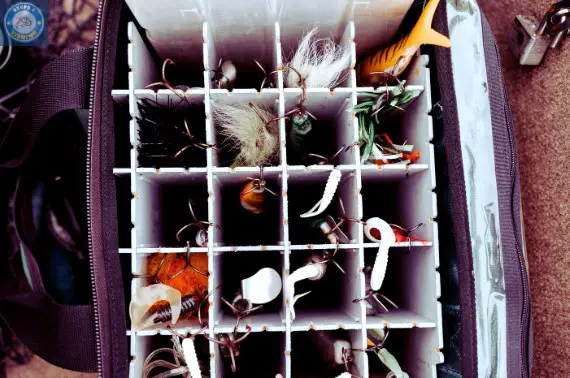
Techniques and Strategies for Ultralight Fishing Success
Regarding ultralight fishing, anglers know that smaller is often better. The key to success lies in the techniques and strategies used to optimize this style of fishing. One technique that can greatly increase your odds of catching fish is using a drop shot rig. This simple setup consists of a small weight tied onto the end of the line, with a hook trailing above it. You can entice finicky fish into biting by allowing the bait to hover off the bottom.
Another effective strategy for ultralight fishing success is downsizing your gear. Using lighter rods and reels not only adds an extra layer of challenge but also allows for increased sensitivity when detecting bites. Opting for lighter lines and smaller hooks will also enhance your chances of fooling wary fish into striking.
Remember, the goal with ultralight fishing is finesse – delicate presentations will yield impressive results when bigger catches seem elusive.
By mastering these techniques and implementing strategic approaches, you’ll be well-equipped to achieve success in ultralight fishing. With a drop shot rig in your tackle box and light gear in hand, finesse becomes your ally as you cast toward new challenges on the water’s edge. So go ahead, permit yourself to downsize – you may find a whole new world waiting beneath those surface ripples, where monster catches can be reeled in even by the most delicate lines.
Common Challenges and How to Overcome Them
One of the most common challenges ultralight anglers face is handling larger fish. When using light tackle, it can be quite a struggle to reel in a big catch without risking breaking your line or rod. However, you can employ a few techniques to overcome this challenge.
Firstly, keeping a cool head and maintaining steady control over your equipment is essential. Avoid making sudden movements or jerking the line when you feel a strong tug; instead, use smooth and steady motions to tire out the fish gradually.
Additionally, investing in high-quality gear specifically designed for ultralight fishing can greatly improve your chances of successfully landing bigger fish.
Another frequent challenge in ultralight fishing is dealing with windy conditions that can negatively affect casting accuracy and distance. To overcome this obstacle, paying close attention to wind direction is important before casting your line. Position yourself so that you are casting into the wind rather than against it; this will help minimize any resistance on your line and allow for more accurate casts.
Additionally, consider adjusting your casting technique by utilizing sidearm or underhand casts, which offer better control during windy conditions. Lastly, using heavier lures or adding small weights close to them can also aid in combating strong winds as they provide better stability and greater accuracy when casting.
Important Safety Tips for Ultralight Fishing Enthusiasts
A major and crucial feature of fishing ultralight is your safety when participating in this thrilling sport. While it could appear to be an enjoyable pastime, however, there are some steps you must take to prevent any risks.
- Check the weather conditions before setting out for a fishing trip. Ultralight fishing gear is generally more fragile than traditional fishing gear. You must know of any strong storms or winds that could affect or damage your equipment.
- Wear protective gear, like sunglasses and sunblock. Ultralight fishing typically exposes you to sunlight over lengthy periods, so securing your skin from harmful UV rays is vital. Furthermore, wearing polarized sunglasses can reduce glare at the water’s surface and improve visibility.
- Be aware of your surroundings when participating in ultralight fishing. Be aware of potential hazards, such as submerged trees or rocks, which could threaten you and your equipment. It’s also important to inform anyone you plan to tell about your plans and the estimates of your return time in case of an unexpected event.
- Always wear a personal flotation device (PFD) when fishing from a boat or kayak, regardless of your swimming abilities. Accidents happen unexpectedly, and wearing a PFD can save your life in an emergency.
By following these safety guidelines and taking proper precautions before embarking on an ultralight fishing adventure, you can enjoy this exciting hobby while minimizing potential risks or accidents.
Remember, prioritizing safety ensures that every outing will be memorable for all the right reasons!
Conclusion
In conclusion, ultralight fishing offers a unique and exciting experience for anglers of all levels. Its lightweight equipment allows for greater sensitivity and precision, enhancing the thrill of every catch. Using ultralight gear, fishermen can target smaller species without sacrificing the excitement or challenge of reeling in a trophy fish. Whether you are fishing in a small pond or a fast-moving stream, ultralight tackle provides versatility and maneuverability that traditional gear cannot match.
So why not give it a try? Grab your ultralight rod and reel, head out to your favorite fishing spot, and discover the joy of ultralight fishing for yourself!
FAQs
Q1. What is ultralight fishing?
A. Ultralight fishing is an angling style involving lightweight tackle and gear, typically designed for catching smaller fish species. It offers a more delicate and sensitive approach to fishing, making it ideal for targeting panfish or trout in small streams.
Q2. What is the advantage of ultralight fishing?
A. The main advantage of ultralight fishing is its versatility. With lighter equipment, you can cast smaller lures or baits with better accuracy and control, increasing your chances of hooking fish. Additionally, the sensitivity of ultralight gear allows you to detect even the slightest nibble, resulting in improved bite detection.
Q3. Can I catch larger fish with ultralight gear?
A. While ultralight fishing primarily focuses on smaller fish species, it’s still possible to catch larger fish using this technique under certain circumstances. However, it’s important to note that landing bigger fish may require additional skill and patience since the gear isn’t specifically designed for handling heavy weights.
Q4. What types of rods are used in ultralight fishing?
A. Ultralight rods are typically shorter (around 5-7 feet) and have a light power rating. They are designed to provide excellent sensitivity and flexibility while maintaining enough strength to handle smaller fish effectively. Graphite or carbon fiber materials are commonly used to construct these rods due to their lightweight properties.
Q5. Which reel should I choose for ultralight fishing?
A. Spinning reels are the most popular choice for ultralight fishing due to their ease of use and versatility. Look for reels with a small to medium-sized spool capacity that can hold lighter lines within the recommended range (usually 2-6 lb test). A smooth drag system is also crucial for battling small but aggressive fish.
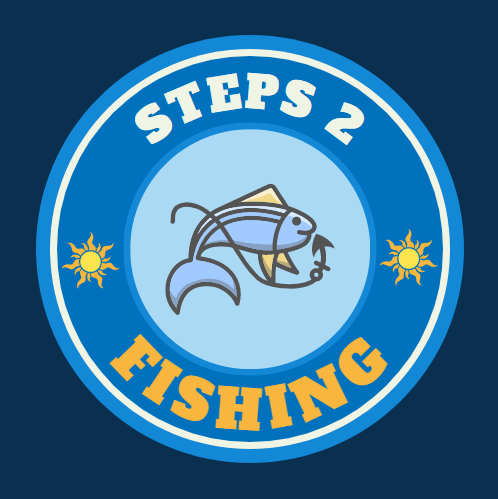

Leave a Reply